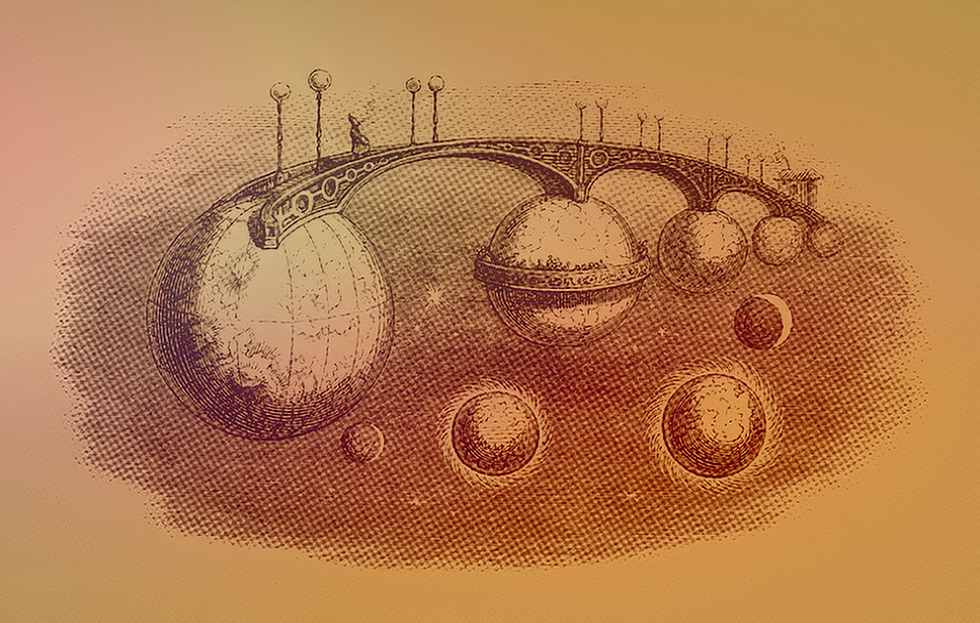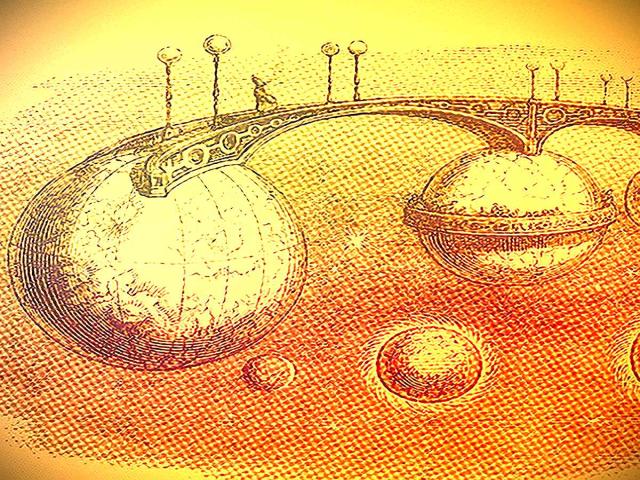
The World Health Organization held its first global summit on traditional medicine in the middle of last month. The event, which took place in Gandhinagar, India, was preceded by a social media advertising campaign that left scientists and serious science communicators jumping their hair to the brim. By offering sympathy – equivalent to tacit endorsement – alternative practices that contradict the best scientific evidence, such as homeopathy and naturopathy, are not at all “traditional”: the first was invented in Germany two hundred years ago, the second, in Germany. United States, just over a hundred.
And on the page of its official website where the summit is presented, the World Health Organization presents Introductory text to the topic, and I quote the following excerpt from it:
“For centuries, traditional and complementary medicine has been an essential source of health in families and societies. It has been at the frontier of medicine and science, laying the foundation for traditional medical texts. About 40% of current pharmaceuticals are based on natural products, and reference medicines are derived from traditional medicine, including Aspirin, artemisinin and pediatric cancer treatments New research, including genomics and artificial intelligence, is entering the field, and there are growing industries in herbal medicine, natural products, health and wellness, and related travel.
At first glance, this paragraph contains ambiguities and an enigma. The first confusion is between what some philosophers of science call the “discovery context” and the “justification context”. The context of discovery is from which the scientist takes his ideas, and it is also the place in which he will find the questions he wants to answer, and the problems he proposes to solve. The “context of justification” is where a scientist does the hard work of testing hypotheses, controlling for confounding factors, conducting experiments, producing or searching for evidence — in short, everything that allows for a call for true scientific discovery.
When it states that “around 40% of current pharmaceutical products are based on natural products, and reference medicines are derived from traditional medicine, including aspirin”, WHO states that traditional medicines are a very rich part of the discovery context – which is very important. correct. But this is just the beginning of the road, the first step; In the context of justification, the wheat is separated from the chaff, which are only hypotheses “fantastic theories” The ones that really work. The fact that tradition is an abundant source of good ideas does not mean that all (or even most) of the ideas that come from it are good; And even among good ideas, not all of them are ultimately worthwhile in practice.
The second confusion is between market power and therapeutic legitimacy. The existence of “growing herbal medicine, natural products, health and wellness, and travel industries” does not imply the efficacy or safety of these medicines and products (nor the supposed beneficial effects of travel to water spas or other “places of healing”). It is true that the combined market for traditional medicines in China (the country that sponsored the report)WHO strategy for traditional medicine 2014-2023”) and India (the host country of the summit which has A special ministry solely to promote alternative therapies) may exceed Ten billion dollars annuallyBut commercial success and scientific validity are two completely different worlds.
The puzzle is contained in the brief excerpt “New research, including genomics and artificial intelligence, is entering the field”. But shouldn’t the traditional be a value in itself? Who needs these modernist fads?
tightrope
The introductory text is an exercise in balance. In six paragraphs, the word “evidence” was mentioned no less than five times. Being part of the United Nations and, therefore, a political but also technical (or technical but also political) body, the World Health Organization seeks to please its patrons who want to cash in on the “traditions” of the globalized health and wellness market, without having to. Time betrays his commitment to human health.
Sometimes it doesn’t quite work, as we saw with the India summit’s social media campaign or the clumsy 2019 decision to include it. Diagnosis of traditional Chinese medicine in the International Classification of DiseasesHowever, a careful reading of the latest materials on traditional medicine, recently made available by WHO, makes this clash evident. It is the word “Guide” that appears on the front of the top. which is show below, Hidden in the missing FAQ From the WHO press website:
MT&C Integration [Medicina Tradicional e Complementar] This must be implemented with national health systems and main line health care adequately, effectively and safely, based on the latest scientific evidence. The World Health Organization helps countries that wish to adopt traditional medicine practices to do so on a scientific basis, to avoid harm to patients and to ensure safe, effective and high-quality health care. An evidence-based approach is crucial; Even if traditional medicines are derived from long-standing, natural practices, it is critical to prove their efficacy and safety through rigorous clinical trials.
This statement, a true statement of principles, contained in the FAQ (posted August 9, 2023), is in stark contrast to the report.WHO strategy for traditional medicine 2014-2023’, published in 2013 – ten years ago -, which contains vague references to “traditional medicine proven to be effective, safe and of good quality” (without explaining “proven” how, by what criteria or by whom), where and in what proportion. We read that “on Although there is a lot to learn from controlled clinical trials, other methods of evaluation are also valuable.”
Reality check
Traditional medicine that has proven its efficacy, safety and quality through rigorous clinical trials is just medicine. That’s what happened with aspirin and artemisinin, two drugs that were originally inspired by the traditional uses of botanicals but are now duly incorporated into the arsenal of evidence-based medicine. Read together, the WHO’s current data on this topic seems to be gently but surely propelling traditional medicine into the realm of discovery. And with the full intention of leaving them there, which is the opposite of what was hinted at a decade ago.
The question naturally arises as to how serious this situation is or is it just rhetoric thrown at critics to distract them while new atrocities the size of the Criminal Investigation Department of traditional Chinese medicine are being hatched behind the scenes. In any case, it is remarkable to see how the statement of principles in the FAQ condemns, albeit implicitly, the public policies already implemented by countries that integrate alternative practices into their health systems.
In India, the Ministry responsible for traditional medicine has, as part of its founding mission, promoted homeopathy – which has never been able to prove itself in the “rigorous clinical trials” that the World Health Organization considers “essential” to the integration of traditional medicine. Treatments for the health system. In Brazil, the National Policy of Integrative and Complementary Practices (PNPIC) not only includes homeopathy, but is usually defended with the argument that traditions, especially those associated with oppressed groups, would have epistemological value independent of the scientific method (which, in light of the current composition of the PNPIC Nor does it make any sense, since most of the practices out there are of North American or European origin.)
If taken seriously, the recipe presented in the FAQ would explode the bridge between the traditional and the alternative, at the same time as offering another bridge, connecting the traditional and the scientific. And if you resist the bombardment of political, ideological and economic interests from which you will surely suffer, you will be an imposing structure.
Carlos Orci is a journalist and editor-in-chief of Revista Questão de Ciência, author of O Livro dos Milagres (Editora da Unesp), O Livro da Astrologia (KDP), and Negacionismo (Editora de Cultura) and co-author of “Pure Picaretagem” (Leya), and “Science in Everyday Life” (Editora contexto), the work that won the Jabuti Prize, Against Reality (Papirus 7 Mares), What nonsense! (editor context)

“Wannabe internet buff. Future teen idol. Hardcore zombie guru. Gamer. Avid creator. Entrepreneur. Bacon ninja.”

